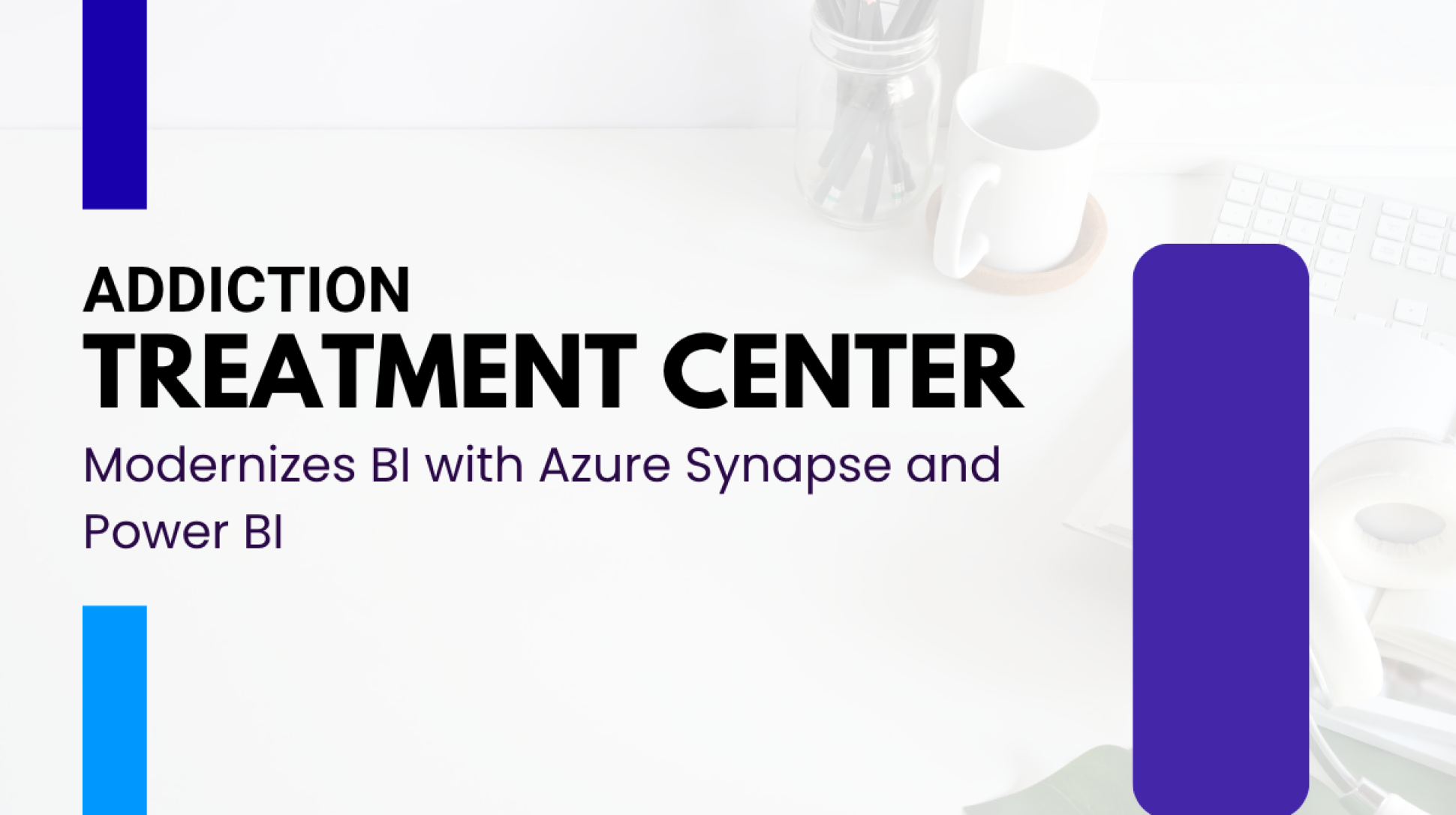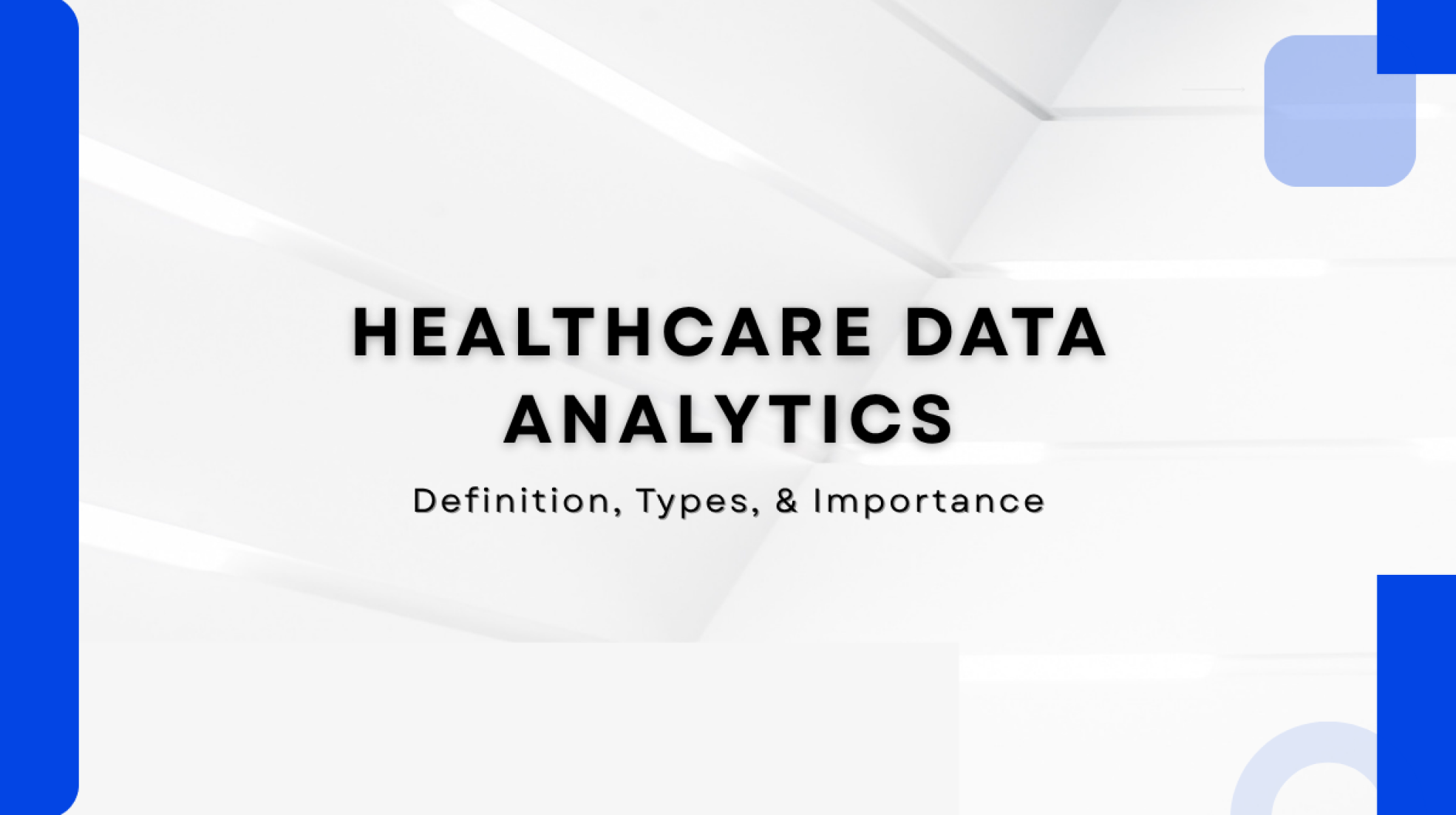
Delivering Enhanced Value-Based Care
Healthcare Financial Analytics
Experience the power of data-driven decision-making in healthcare and achieve financial stability in a rapidly evolving landscape. VNB's Financial Analytics Solution provides you with a deep understanding of your financial performance, identifies key areas for cost reduction, and optimizes revenue streams to enhance your profitability.


What’s Holding You Back?
Healthcare Revenue Cycle Management Challenges
Revenue Cycle Management (RCM) in healthcare can feel like a constant uphill battle. From ever-changing regulations and payer denials to patient billing complexities and a shortage of skilled staff, navigating the intricacies of healthcare revenue can be a major challenge.
![]() Front Desk Workflow Inefficiencies
Front Desk Workflow Inefficiencies
![]() Insurance Verification Errors
Insurance Verification Errors
![]() Inaccurate Charge Entries
Inaccurate Charge Entries
![]() Payment Posting Delays
Payment Posting Delays
![]() High Claims Denial Rates
High Claims Denial Rates
Healthcare Revenue Cycle Challenges
The Complexities of Revenue Cycle Management:
What’s Holding You Back?
Revenue Cycle Management (RCM) in healthcare can feel like a constant uphill battle. From ever-changing regulations and payer denials to patient billing complexities and a shortage of skilled staff, navigating the intricacies of healthcare revenue can be a major challenge.
Front Desk Workflow
Inefficiencies
Inefficient front-desk processes hindering your revenue cycle?
Inaccurate Charge
Entries
Incomplete charges costing you revenue losses?
High Claims Denial
Rates
High volume of claim denials impacting business revenue?
design & vreatives
30 availabe vacancy
Insurance Verification
Errors
Uncovered insurance issues crippling your revenue cycle?
Payment Posting
Delays
Unpredictable cash flow impacting financial stability?
business development
30 availabe vacancy
Our Healthcare Financial Analytics Solution
Enabling Value-Based Care with Smarter, Faster Analytics
At VNB Health, we understand that value-based care relies on accurate, real-time financial insights. Our Financial Analytics Solution, powered by Microsoft Fabric, uses advanced tools like predictive analytics, cost benchmarking, and revenue cycle optimization to help healthcare organizations streamline operations, improve financial performance, and enhance decision-making. By turning complex data into clear, actionable insights, we make it easier to manage costs, meet regulations, and achieve sustainable growth—all while focusing on quality patient care.

![]() Streamline billing, reduce denials, and improve cash flow
Streamline billing, reduce denials, and improve cash flow
![]() Manage budgets and allocate resources effectively
Manage budgets and allocate resources effectively
![]() Track Accounts Receivables (AR) to ensure timely collections and minimize risks
Track Accounts Receivables (AR) to ensure timely collections and minimize risks
![]() Detailed Profit & Loss Reports
Detailed Profit & Loss Reports
![]() Balance Sheet Reports with snapshot of Assets & Liabilities
Balance Sheet Reports with snapshot of Assets & Liabilities
Drive Results with Actionable Metrics
Our Core Key Performance Indicators
Curious about what truly matters in our RCM analytics solution? We focus on the KPIs that directly impact your bottom line and track the metrics that reveal your real revenue drivers. Gather insights you need to identify bottlenecks, optimize workflows, and ultimately, boost your revenue.


Gain a Real-Time Snapshot of Your Financial Position
Understand your organization's financial position in real-time with our dynamic balance sheet analysis. Leverage data-driven insights to understand your assets and liabilities clearly. Identify potential risks and opportunities by analyzing key financial ratios and trends. This enables informed decisions on capital allocation, resource management, and overall financial stability.
Harness Actionable Profit and Loss Insights to Drive Growth
Gain a clear and accurate picture of your organization's profitability in real-time. Leverage detailed profit and loss analysis to identify key revenue drivers, uncover cost-saving opportunities, and spot emerging trends. With a clear view of profitability, you can optimize operations, enhance cost management, and drive sustainable financial growth.


Reduce Denials & Improve Cash Flow with Claims Analysis
Tired of dealing with endless claim denials? Our Financial Analytics solution analyzes claims data to identify common denial reasons. By leveraging predictive modeling and data visualization, we help you pinpoint areas for improvement in your revenue cycle management. The result? Fewer denials, quicker claim payments, and improved cash flow for your healthcare organization.
Drive Cash Flow with Predictive Accounts Receivable Analysis
Understand your Accounts Receivable (AR) from a financial perspective with detailed tracking and predictive insights. Monitor critical metrics like Net Days in AR, Overdue Amounts, and Bad Debt, broken down by patient, insurer, or department. With AI-driven predictions, anticipate payment delays and address issues proactively to improve collections, maintain cash flow, and reduce financial risks.

Healthcare Analytics Resource Center
Explore how healthcare organizations are leveraging data to improve patient care, optimize operations, and drive positive outcomes




